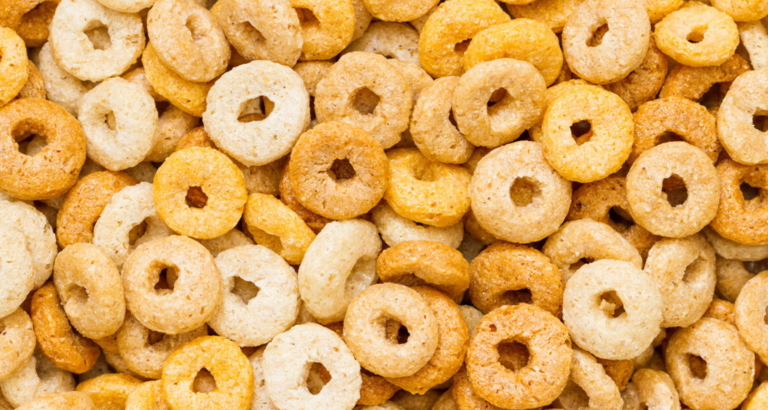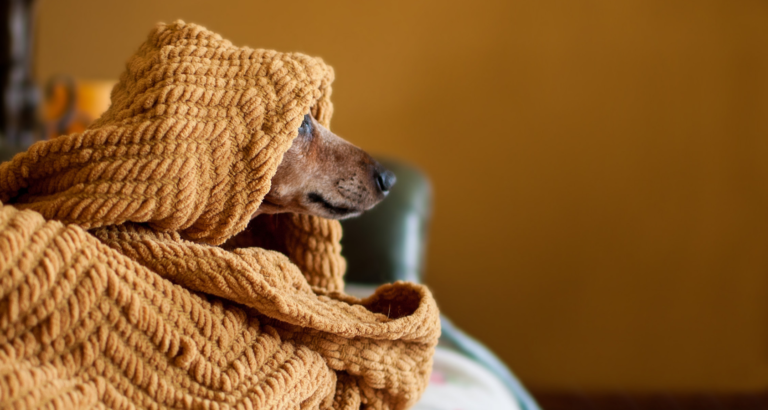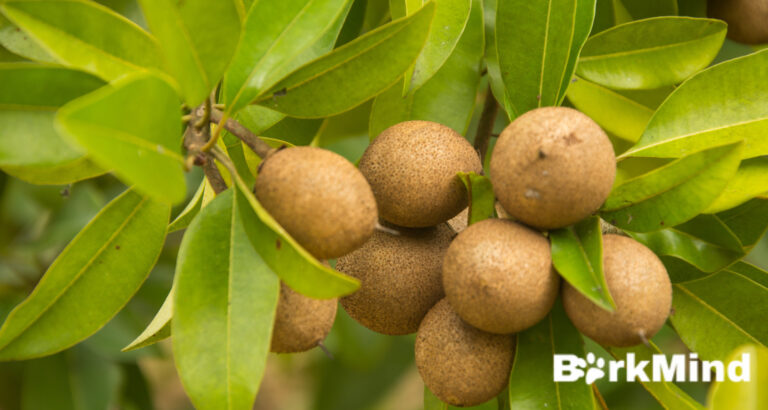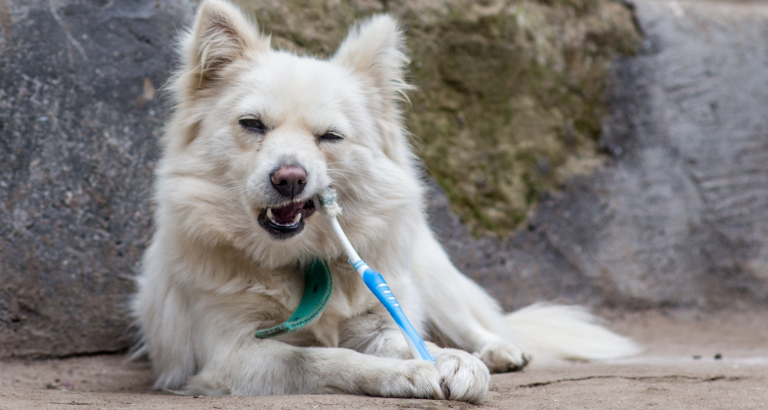Does a Dogs Dew Claws Grow Back? What You Need To Know!
Last updated on March 20th, 2023 at 07:15 am
Reading Time: 8 minutesThis post may contain affiliate links. If you click and buy we may make a commission, at no additional charge to you.
Does a Dogs Dew Claws Grow Back
Dewclaws are soft, small appendages in dogs, but many pet owners don’t like having dogs with these claws. They prefer removing dewclaws to make dogs more beautiful, but sometimes they get shocked to think, “Does a dog dewclaws grow back?” or does it needs to be done once in life?
Quick Answer:
It is common for dogs’ dew claws to grow back, and the perfection of the removal surgery decides whether the dog is free from dewclaw for life or it can regrow. Sometimes inexperienced vets or pet parents removing dewclaw at home fail to remove the complete nail bed that causes regrowth of these claws.
Thus you should consider all the parameters of removing dewclaws in the dogs. Your dogs must go through the procedure if it is worth it. So, let’s deeply explore dewclaws and find differences between the front and rear dewclaws with their removal requirements. Plus, you will also learn the detailed procedure to remove dewclaws, and performing it the right way will ensure no regrowth of these claws. Some tips to protect dewclaws are also waiting for you at the end of the article.
Let’s read!
What Are Dog Dew Claws?
Dewclaws are small claws located above the pads of your dog’s feet. It’s a normal digit with three bones, two joints, and a nail. They are typically smaller than regular dog claws, and most dogs don’t use them for walking.
Dog dewclaws correspond in position to human thumbs but are not as mobile and useful as the thumbs are. They are typically believed to be normal dog body parts and are on the rear or front legs.
The most common dog breeds with dewclaws are:
- American Pitbull
- Catalan Sheepdog
- Anatolian Shepherd
- St. Bernard
- Pyrenean Mountain dog
On the other hand, Great Pyrenees, Briard, and Beauceron are required to have double dewclaws.
Why Do Dogs Grow Dew Claws?
Dew claws are a vestigial feature that could be in either of two forms, attached to the skin or the bone.
The usefulness of dewclaws attached to the skin is unclear and probably has no functionality, but claws associated with bones had prominent use in the ancestors. Dew claws are believed to have been used by dogs’ ancestors as a way to climb trees or other climbing surfaces.
Dewclaws still aid dogs to walk and run to some extent. When dogs run, their front feet often bend to the point where dew claws come in contact with the ground and help them stabilize. Similarly, dogs walking on slippery surfaces find dewclaws beneficial.
Long-haired dogs may need a dewclaw to keep their fur clean and tidy as well as reduce the risk of matting.
Just like human toes, they can collect dirt, stubble, and other debris, so your dog may require regular dewclaw maintenance. While they don’t have any actual function, they do tend to get in the way if your dog likes to dig or go outside often.
Is It Normal to Remove Dog Dew Claws – Front vs. Rear Dewclaws
Removing dog dewclaws is entirely up to the breeder, or owner. There is no need to remove dewclaws unless a strong medical reason makes it necessary. Sometimes injuries do happen, breaking dewclaw nails or tearing them off. Removing dew claws in such situations seems to be a dog relief. At the same time, some breeders remove this claw just to make dogs more presentable. So, always consider the effect of dewclaw removal on a dog’s body, his movement, and body requirement.
Here is a close comparison of front and rear dewclaw removal and their impact on your furry baby.
-
Removing Front Dewclaw
As mentioned earlier, front dewclaws are more like toes or thumbs in the human body and more or less help dogs in their daily tasks. Removing these front dewclaws can make their life challenging later in life. Without a front dewclaw, there will be a higher likelihood of stretching ligaments or leg muscles. This can create stress on the joints of the legs making them weak. Their strong legs do not remain the same as time progresses and show signs of arthritis.
- Removing Rear Dewclaw
There is no risk involved in removing rear dewclaw when they are only attached to the skin. In fact, removing in such situations help prevent injuries as they cannot get caught on things. Removing rear dewclaws also helps prevent ingrown nails.
Do Dogs Dew Claws Grow Back?
It is not uncommon for dogs to grow dewclaws back. In standard procedure, the entire nail bed is removed, but when it is not performed with perfection, it regrows. It reflects the vet did not remove all cartilage containing the nail bed, and it proves a real headache for puppies as it becomes challenging to get rid of it completely. Inexperienced vets or pet owners doing it all at home miss it unknowingly, and dew claws come back.
It is also seen that regrown dewclaws are often not the same as the original. They end up with a twisted or deformed nail, making it hard to trim.
- To prevent regrowth, the removal must first be done below the dog’s skin; if not done the right way, you will see it back.
Don’t panic if your dog’s dewclaws grow back, as it is not only you experiencing this. It is common with dogs. All you need to do is just leave it alone unless it causes irritation, pain, infection, or what so ever. Talk to your vet and plan another surgery if it gets disturbing or painful.
When Are Dog Dewclaws Removed?
Dewclaws must be removed by a breeder or veterinarian when the dog is just a few days old. Puppies are most suitable at three to five days of age because their bones have not fully developed, and the vet can easily snip off the dewclaws. Adult dewclaw removal requires a more careful procedure where bones, nerves, muscles, and blood vessels are detached to make it happen.
Sometimes dog dewclaws are removed at the same time as spay or neuter surgeries.
Some breeds of dogs routinely have their dewclaws removed to improve their appearance in the show ring. On the other hand, removing dewclaws in other breeds like Great Pyrenees disqualifies them from the show ring. So, be sure to know your breed requirement and the purpose of having a dog before taking a stance on dewclaw removal.

How Dewclaw is Safely Removed?
A vet should safely do the procedure to remove a dog’s dewclaw under a controlled amount of anesthesia. It is far different from normal nail trimming and should be done in such a way as to minimize pain.
Step 1 – Administration of Anesthesia
When dog dewclaw is removed in puppies under five days of age, general anesthesia is not used, but a local anesthetic is given, or the pup may be sedated.
While adult dogs have dedicated surgery involving all steps, first, the vet administers a pre-anesthetic sedative to calm the dog, followed by an intravenous anesthetic. The dog will then be unconscious under the influence of anesthetics and help operate smoothly.
Step 2 – Disinfection
Disinfection is one of the most critical steps in any procedure to prevent the spread of infection. The skin surgery area is cleaned with a disinfectant and is made sure to follow all safety protocols.
Step 3 – Removing Dewclaw
Next is to cut the skin, bone, muscle, or entire toe to remove dog dewclaw. It is quite a crucial step and can also make surgery infectious, so a vet always goes for clean surgical equipment and ensures pet safety.
Step 4 – Stitching
Your dog’s dewclaw will be no more till this stage, and the ski needs to be stitched. Surgical adhesives are used in the case of young puppies while the wound is stitched up with either dissolving or non-dissolving sutures.
Step 5 – Bandaging
After stitches are done, the wound is covered with a bandage which needs to be kept on until the wound is healed. Dogs often do not wait for healing and lick or bite wounds that interfere healing process and are entirely unsafe. So, the best solution is to cover wounds and give proper healing time.
It was all about removing dog dewclaws, and your vet performed everything. The procedure is not lengthy and takes between 15 to 30 minutes to complete. Your dog can return home within 2 to 3 hours once fully conscious.
Remember, you need to check the wound daily for signs of infection and take it to the vet for removing sutures in five to seven days.
Can You Trim a Dog’s Dew Claw?
Yes, you should trim a dog’s dew claw like you would any other claw.
Unfortunately, a good number of dog owners don’t realize that the dew claws are there, and those claws start growing into the paw. If you don’t clip them, they will grow into the paw, causing a lot of pain and discomfort.
To prevent your dog from causing damage to its dew claws, you need to trim them regularly. Dew claws will grow several millimeters each month, so you need to make sure to clip them every eight weeks.
In most cases, the dog owner or groomer will not need any special tools to trim dew claws. You can also see dew claws on cats, but dew claws are easiest to see on dogs.
Tip to Protect Dog Dew Claws from Damage
Since dew claws aren’t as sharp as other claws on a dog’s paw, they will require extra protection.
- To prevent your dog from causing damage to its dew claws, you need to trim them regularly.
- Dew claws will grow several millimeters each month, so you need to make sure to clip them every eight weeks. If you don’t clip them, they will grow into the dog’s paw, causing a lot of pain and discomfort.
- If your dog’s dew claws are too long, you can use a dew claw trimmer to clip them short.
- Dewclaw trimmers are specially designed to protect the paw while you clip the nails. You can also use nail clippers, but they are not as efficient, and your dog might feel more pain because they have sharper blades.
Conclusion – Removing Dog Dew Claws
Dog dew claws are human thumb-like appendages on the rear or front legs. Some dog breeds may have one or two dewclaws on each leg, but they are removed by the breeders. Pet parents also prefer removing dewclaws to increase the beauty of their dogs, but the problem arises when these claws grow back because of improper removal. They get back when the nail bed is not completely removed for either reason. In such cases, you need to wait and watch for any infection or discomfort from the dog.
If all goes well, there is no need to worry, but if it shows infection or other medical problems, it is better to consult your vet for another surgery. The next time, be sure to go for an experienced vet that can handle the procedure carefully without leaving it in the skin.
About The Author
I'm a content writer and researcher. But bottom line, I loveee animals. I had my first animal which was a guinea pig at age 8. Later had a bunny, dog and a lot, a lot of fish. Writing about what I know about pets will allow me to share my knowledge and love for them with everyone else. Dealing with dogs my entire life, I know a lot.








